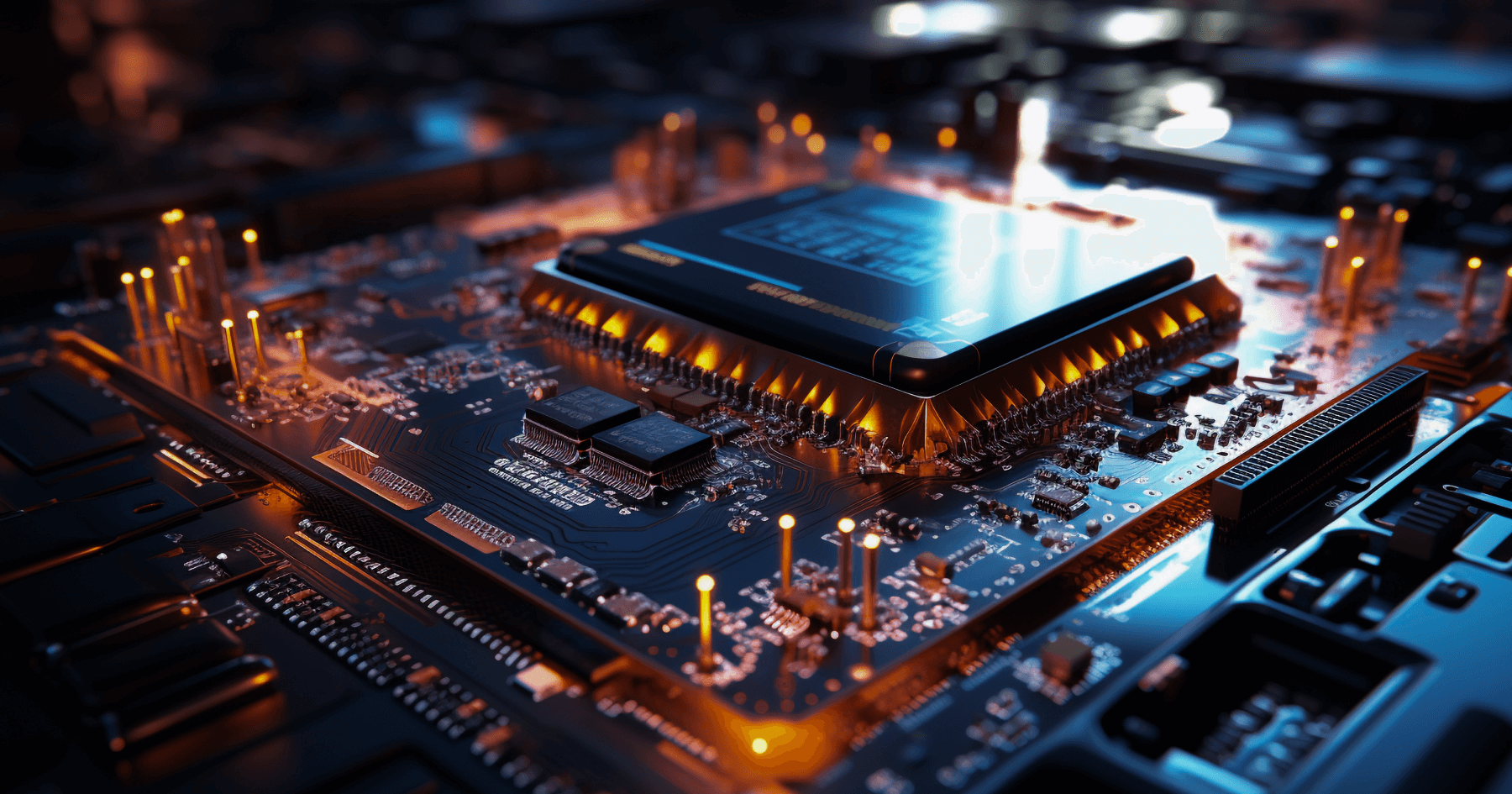Semiconductors power everything from smartphones and laptops to medical devices and autonomous vehicles. As technology advances, the demand for higher performance, greater efficiency, and increased functionality continues to push the boundaries of conventional chip design. To stay ahead, semiconductor companies are turning to cutting-edge technologies that are transforming the way chips are designed and manufactured.
The Challenge of Shrinking Transistors
For decades, Moore’s Law—predicting that the number of transistors on a chip would double every two years—has driven the semiconductor industry forward. However, as transistors shrink to atomic levels, maintaining performance and reliability has become increasingly difficult. The industry is now exploring new strategies to overcome these limitations, from innovative materials to novel chip architectures.
Get in touch
AI-Powered Chip Design
One of the most game-changing advancements in semiconductor design is the integration of artificial intelligence (AI). AI-driven tools are accelerating the design process, automating complex tasks, and optimizing chip layouts in ways that were previously impossible.
How AI is Revolutionizing Semiconductor Design:
By leveraging AI, semiconductor companies are not only cutting development time but also unlocking new possibilities for designing chips that are faster, smaller, and more efficient.
Breaking Barriers with New Materials
As traditional silicon-based chips approach their physical limits, researchers are turning to alternative materials with superior properties:
While these materials present exciting opportunities, integrating them into existing fabrication processes remains a challenge. The industry is actively researching ways to incorporate them into mainstream semiconductor manufacturing.
The Rise of Neuromorphic Computing
Inspired by the human brain, neuromorphic computing is redefining how chips process information. Unlike traditional processors, neuromorphic chips are designed to mimic neural networks, making them highly efficient for machine learning and AI applications.
These chips are particularly effective at:
As this field continues to evolve, neuromorphic computing could play a key role in the future of AI and autonomous technologies.
- Recognizing patterns and making real-time decisions
- Reducing power consumption for AI workloads
- Enabling more advanced robotics and intelligent systems
The Impact on Semiconductor Companies
To remain competitive, semiconductor companies must embrace these emerging technologies. Investing in research and development is critical, as is fostering collaboration between industry leaders, universities, and research institutions. By staying at the forefront of innovation, these companies can develop the next generation of semiconductors that will power everything from smart cities to space exploration.
Looking Ahead: The Next Era of Semiconductor Design
The semiconductor industry is undergoing a transformative shift. AI-driven design automation, advanced materials, and neuromorphic computing are pushing the boundaries of what’s possible. While challenges remain—such as security risks, standardization, and integration—companies that adapt and innovate will lead the way in shaping the future of technology.
Final Thoughts
Semiconductor design is no longer just about making chips smaller and faster—it’s about reimagining what’s possible. As these new technologies mature, they will drive groundbreaking advancements across industries, fueling the next wave of digital transformation. The future belongs to those who embrace innovation, and the semiconductor industry is poised to lead the charge.



